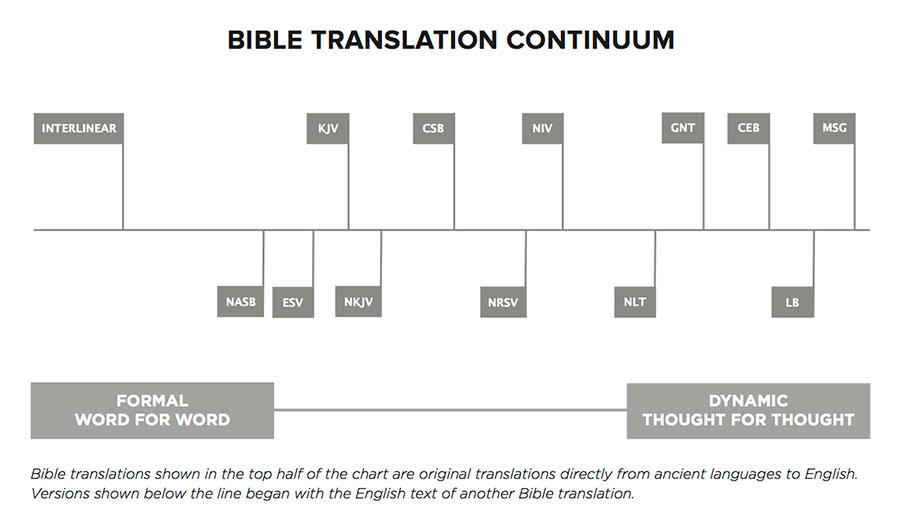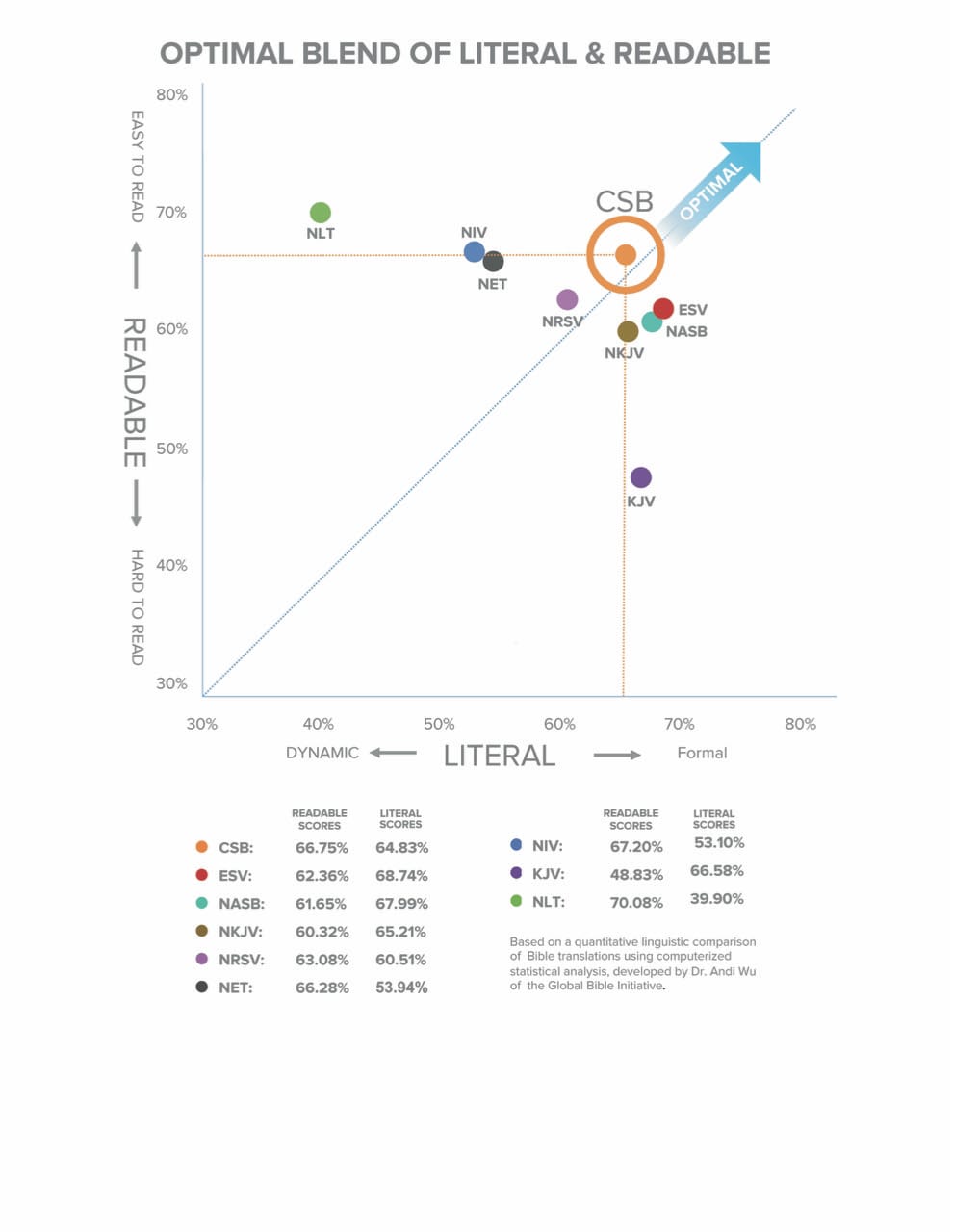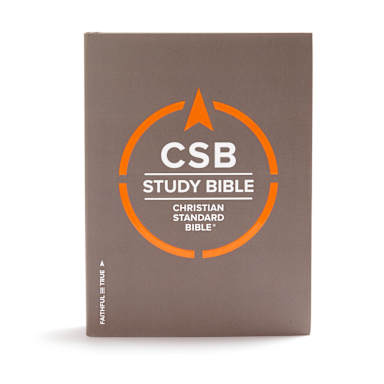"These words are faithful and true," Revelation 22:6 (CSB).
God's Word reveals his character and will to us, transforming our lives and leaving us in awe of his glory. In these words from Revelation, we know that God's Word is faithful and true to guide us and provide for us as we follow Christ and pursue his mission around the world.
Because God's Word is faithful and true, providing a translation that is highly faithful to the original text and highly readable is extremely important. This is the overarching purpose behind the publication of the Christian Standard Bible. More than 100 Bible scholars from 17 denominations have worked together to translate the original languages into English with an optimal blend of accuracy and readability. The ultimate goal is to engage more people in reading and sharing God's Word.
The Christian Standard Bible is a revision of the HCSB, updating translation word choices to optimize both faithfulness to the original languages and readability for a modern audience, so that it might be read and understood, inspiring lifelong discipleship.
The Translation Oversight Committee, a multi-denominational team co-chaired by Drs. Tom Schreiner and David Allen, incorporated advances in biblical scholarship and input from Bible scholars, pastors, and readers to provide a translation that is highly accurate and highly readable. In all cases, the intent of the Christian Standard Bible is to convey the original meaning of God's Word as faithfully and as clearly as possible.
While the CSB incorporates both the latest scholarship and linguistic advances, those responsible for stewarding the translation are committed to traditional, conservative principles, and prayerfully dedicated to pursuing the timeless truth of God's Word.
The CSB Translation Philosophy: Optimal Equivalence
The Christian Standard Bible employs a translation philosophy known as Optimal Equivalence, which seeks to achieve an optimal balance of linguistic precision reflecting the original languages with readability in contemporary English.
In the many places throughout Scripture where a word-for-word rendering is clearly understandable, a literal translation is used. In places where a word-for-word rendering might obscure the meaning for a modern audience, a more dynamic translation is favored. This process assures that both the words and thoughts contained in the original text are conveyed as accurately as possible.
Below, is a chart indicating see where each Bible translation falls on the formal word-for-word to dynamic thought-for-thought continuum. The CSB falls in the middle, striking an optimal balance.

On one hand, the Christian Standard Bible provides a highly accurate text for faithful, serious study, translated straight from the biblical languages by scholars who love God's Word. It is highly faithful to the original text. On the other hand, it does not compromise readability and clarity for those who may be less familiar with the traditional (and sometimes difficult) vocabulary retained in some translations of the Bible.
A quantitative linguistic comparison of Bible translations using computerized statistical analysis, developed in 2016 by Global Bible Initiative researched all the current Bible translation in English. Their in-depth study concluded that the CSB is both highly literal to the original languages and highly readable, achieving an optimal balance of the two. Below is the result of their research.

Beyond that, we know that God's Word is meant to be shared. A translation that hits the sweet spot between literal and readable opens the door for every believer to share the Bible with someone who has read it for a lifetime, or with someone who has never read its life-changing message.
Learn more about the translation and browse our CSB Bibles.

